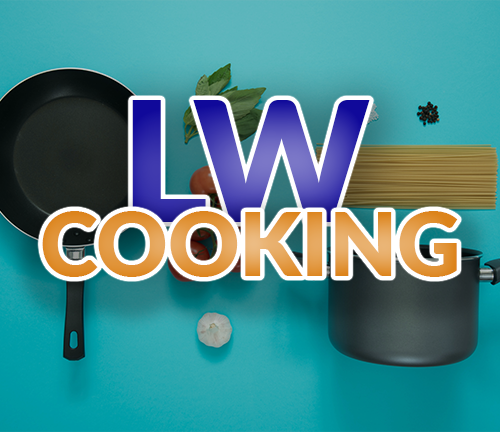Recently I’ve been buying a few cookbooks from the thrift shop. Saves money over getting the new ones, saves second-hand goods from being tossed, and does the job I need in finding recipe ideas.
One of the cookbooks I got is a cookbook on pasta sauces. I’ve been holding off on making pasta until I could portion the servings properly, and I recently just got a portioning tool to help me with that. However, when I wanted to try a recipe from the book, I found surprisingly that the recipes called for fresh tomatoes.
Now, the cookbook is by no means new, seeing how the publication date is 1987. From what I’ve heard, canned tomatoes are actually preferred over fresh, though I can’t recall the reasoning as to why. I was curious about whether culinary knowledge has evolved since the publication of this book where common practice has changed to prefer canned tomatoes over fresh, or if the differences I’ve heard about are unfounded or incorrect.
On top of that, I was curious about other aspects. Would making pasta sauce with fresh tomatoes (namely Roma tomatoes) be cheaper than using canned? Also, since I’m trying to be more environmentally conscious, would canned tomatoes have a higher carbon footprint than fresh, or would the differences be negligible?
Thanks in advance! I likely won’t be able to respond to comments right away, but I do appreciate any and all help.


Energy wise your stove is probably not as energy efficient either - the stove itself might be, but large batches mean a better volume to surface area ratio and they have some incentive to look at the energy usage as it is a large cost so they may be finding other ways to control energy.